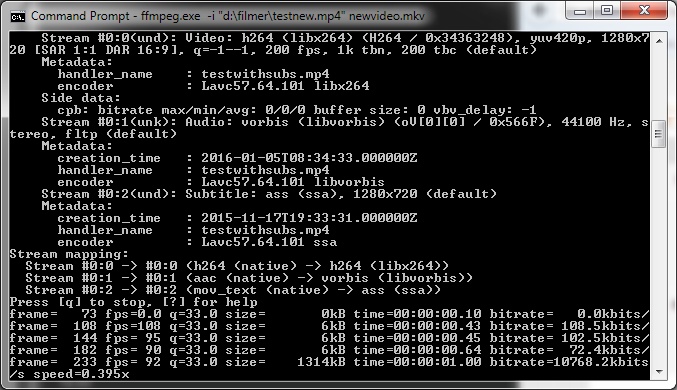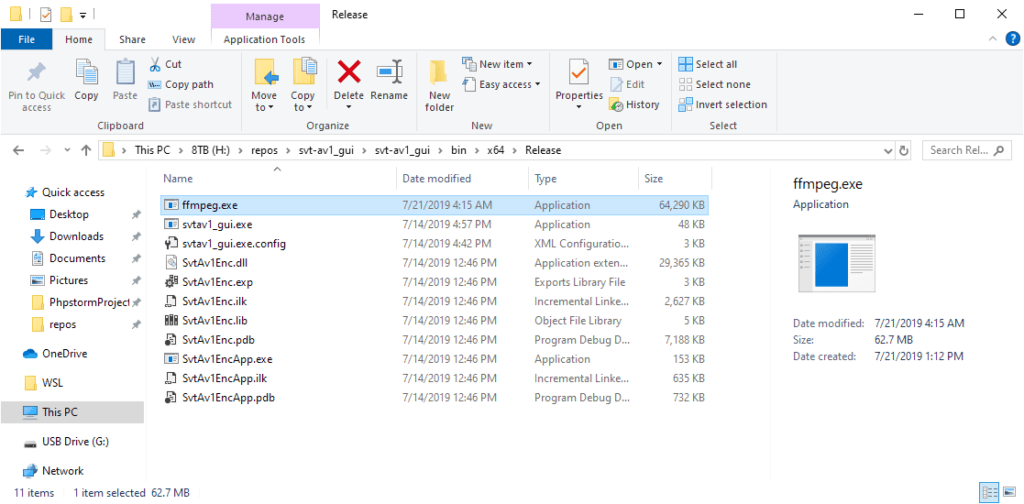
You can use ffmpeg to convert video to AV1. You can convert gif to videos to get much smaller files and better UX #Encoding videos to AV1 So, there is no reason to not use AV1 today! The browser will choose the best video for the user. This means you can provide an AV1 and a H.264 version of the same video to support all browsers. Apple should support AV1 in the future.Īs web supports progressive enhancement, you can provide multiple versions of the same video. AV1 improves compression efficiency by ~30% over the previous state-of-the-art video codec, VP9, and by ~50% over x264.ĪV1 is currently supported by Chrome, Firefox, Opera, and Edge, so about 75% of usages. But I'm confused with the command line parameters for AV1 on that page. According to Cisco, it represents about 80% of the total traffic! So, reducing the size of video files can help to reduce the amount of data that is transferred over the internet, and it may reduce the hosting costs of your website.ĪV1 is a next generation codec developed by the Alliance for Open Media (AOM). FFmpeg (with librav1e, libaom-av1 and libsvtav1 included) runs fine on my Windows 8.1 machine and I'm able to convert the videos to H.264, H.265 and VP9 (all lossless) using the Commands section from AV1 vs VP9 vs AVC (h.264) vs HEVC (h.265): Part I - Lossless. Video represent a large part of the internet traffic. Using Avif codec for images to reduce web page size.Using AV1 video codec to reduce web page size (this post) Also supports other ffmpeg compatible encoders like libx265 & libx264.In fact you might have to compile it from source.

The only disadvantage I see in AV1 at the moment is that its not nicely built into ffmpeg-and not as well supported by the ffmpeg community.

Be sure to check out the rest of the blog posts of the series! For a full list of GPUs and formats supported, please see the available GPU Support Matrix.This post is part of the series 'Web Performance'.

Granular control over encoding settings such as encoding preset, rate control and other video quality parameters.Hardware-accelerated decoding of H.264, HEVC, VP9, VP8, MPEG2, MPEG4*, and AV1.Hardware-accelerated encoding of H.264 and HEVC*.If you have an NVIDIA GPU which supports hardware-accelerated video encoding and decoding, it’s simply a matter of compiling FFmpeg binary with the required support for NVIDIA libraries and using the resulting binaries to speed up video encoding/decoding.įFmpeg supports following functionality accelerated by video hardware on NVIDIA GPUs:


 0 kommentar(er)
0 kommentar(er)
